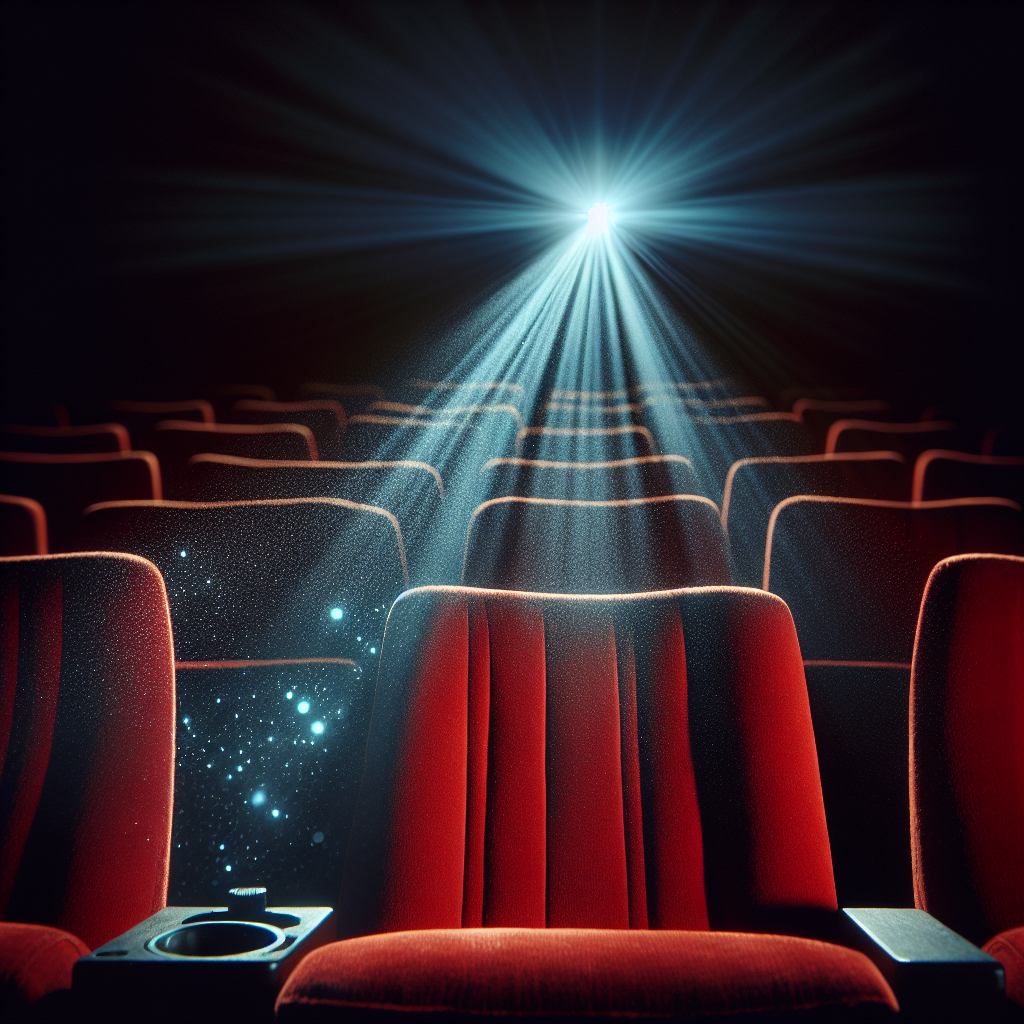The Power of Quiet: How Silence Speaks Volumes in Cinema
Think about the last time you sat in a movie theater, the lights dimmed, and suddenly, there was a moment so quiet you could hear your own heartbeat. That’s the power of silence in cinema. Unlike any other art form, film has the unique ability to use the absence of sound to amplify emotion, build tension, or even deliver a punchline. Let’s dive into some of the most memorable uses of silence in movies that have left an indelible mark on audiences and filmmakers alike.
Hitchcock’s Masterful Pause
In Alfred Hitchcock’s 1960 thriller Psycho, the use of silence is nothing short of masterful. Consider the infamous shower scene; the absence of background music amplifies the sudden shrieks of the violin, making the audience’s heart race faster. The silent moments that follow heighten the shock and horror, proving that sometimes, silence screams louder than sound. Hitchcock himself knew the power of quiet, using it to draw viewers deeper into his twisted world.
Scorsese and the Sound of Solitude
Martin Scorsese, in his 1980 film Raging Bull, uses silence to convey isolation and inner turmoil. In several key scenes, the lack of sound serves to isolate Jake LaMotta (played by Robert De Niro) from the world around him, underscoring his descent into personal and professional chaos. The effect is both unsettling and enlightening, offering a window into the character’s soul that dialogues or a busy soundtrack could never achieve.
The Coen Brothers’ Quiet Quirks
The Coen Brothers’ use of silence is often punctuated with dark humor, as seen in No Country for Old Men (2007). The tense silence throughout the film punctuates the looming dread and inevitability, masterfully carried by Javier Bardem’s portrayal of the chilling antagonist, Anton Chigurh. Here, silence is not just a lack of noise; it’s an active, pressing presence that shapes the film’s atmosphere.
Space’s Silent Screams
No discussion of silence in film is complete without mentioning Gravity (2013) by Alfonso Cuarón. Set in the vacuum of space—where no one can hear you scream, as the tagline from Alien famously reminds us—the film uses silence to amplify the vast, terrifying emptiness of space. This use of a soundless backdrop makes every heartbeat and every breath of the astronauts feel all the more urgent and real.
Conclusion: Why Silence Matters
From Hitchcock’s psychological thrillers to Scorsese’s gritty realism, the uses of silence in movies are as varied as they are impactful. These moments remind us that silence, often overlooked, can be a filmmaker’s most effective tool in the toolbox. It’s not just the absence of sound but a narrative device that, when used wisely, can turn a good movie into a great one, leaving the audience in awe.
For further reading on how sound influences filmmaking, check out “The Formula Behind Award-Winning Movie Scores,” which delves into the techniques that create impactful movie scores and their contribution to cinematic success.


